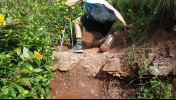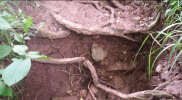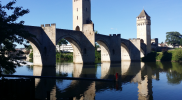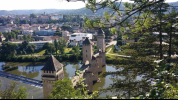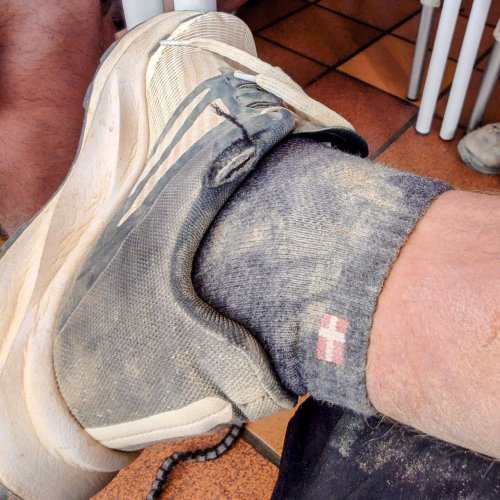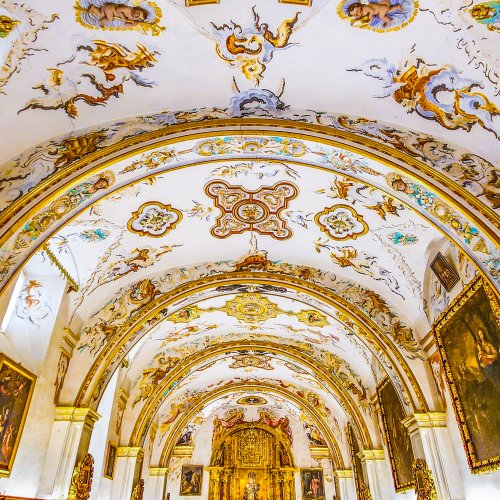Yes. highlanders are used to walking uphill; lowlanders are not. Even if lowlanders do walk slower they are going to hurt, maybe even for a few days. Thinking of the Route Napoleon and the descent to Zubiri I see several opportunities for the pain to turn into real injuries from falling or twisting ankles or knees.
I am really cheating now. I want to send this article so Rick sees it. I do think it could interest others. I send it, and let the fates decide.

An Irishman’s Diary
THE ORDNANCE SURVEY IN IRELAND IS COMMEMORATING THE BICENTENARY OF ITS FOUNDING IN 1824. PHOTOGRAPH: COURTESYOF TAILTE ÉIREANN
They tell stories, keep secrets and hold memories of places visited but long-forgotten. As an inspirational guiding light to exploring the landscape, they teem with life for walkers, cyclists and motorists. They help work out gradients and contours, the folds of valleys, locations of forests, lakes and rivers, the site of a deserted village, or lost harbour.
In short, maps offer the freedom to get lost and then find your way again.
This year the Ordnance Survey in Ireland is commemorating the bicentenary of its founding in 1824. Prior to partition, the OS was an all-Ireland body with its headquarters at Mountjoy House in Phoenix Park. But on January 1st, 1922, the OS of Northern Ireland was established in Belfast, while on April 1 st that year the OS of the Free State came into being, known as Ordnance Survey Ireland. On March 1 st, 2023, the OSI merged with the Property Registration Authority and the Valuation Office under a new State agency, Tailte Éireann, the “lands of Ireland”.
Originally founded in 1791, the organisation was set up to map the south coast of England over concern of invasion by Napoleon.
However, the work of the first survey in Ireland was initially to provide officials with the basis for a general valuation of the land. Later the six-inch maps found other applications with their remit becoming more complex than elsewhere.
The cross-disciplinary project incorporated folklore, literature, language, antiquities, and religion. It also extended to a parallel geological survey while detailed memoirs began in 1830.
Despite an official ban on any Irish involvement, the survey was forced to seek local expertise. This is where one of the key people came in: John O’Donovan, an Irish language scholar who worked on the survey and was later Professor of Celtic Studies at Queen’s University in Belfast, was tasked with the job. He was an authority on translation from Irish to English, determining the spelling and pronunciation, and suggesting anglicised versions of those names he documented.
Parts of the mapping process involved replacing ancient Gaelic place names with English ones. Vexed issues arose about aspects of Ireland’s toponymy with areas of disagreement between local authorities and mapmakers, while attempts were made to sabotage some measurements. Elements of this were showcased in Brian Friel’s tragicomedy Translations (1980), about colonialism, cultural identity, and erosion. The three-act play is set in 1833 in Ballybeg (translated from Baile Beag, or “small town”) a fictionalised place in Co Donegal, although several villages in Ireland are called Ballybeg.
Two centuries ago, surveyors tramped across shelterless bogland carrying a theodolite and chains, powerful lamps, clinometers and heliostats to control points at the tops of mountains. They plotted precise details recording variant place names in their field books and drawing hill sketches.
The artist and field geologist George Victor du Noyer – appointed as a topographical draughtsman – was employed by the OS to sketch significant features in the landscape and record the flora and fauna.
Fast-forward to the 21st century where smartphone apps, satnav, digital imagery, and the spatial data of the present day are a world removed from the methods of those first surveyors.
Today’s printed maps are decorated with a colour cover photograph, featuring perhaps a scenic coastal view, a beach or an aspect of antiquity. Spread a large OS sheet on the kitchen table and multilayered possibilities lie before you; open an app and you stare at a small screen and will struggle to find any romance in it.
The maps used by resolute hikers often reflect a personal history showing the inky zigzags of routes, hand-scrawled notes, compass bearings and scribbled telephone numbers.
Maps are power, offering knowledge and infinite suggestions to the mysteries of the countryside.
The information, stimulation and practical clues they provide are resources for writers, artists, musicians, storytellers and even diarists; in fact, one of the early surveyors, John Keegan, from Moate in Westmeath, kept a journal, A Young Irishman’s Diary, 1836-1847, published in 1928.
Apart from their obvious use in helping walkers locate the concrete trig pillars on mountain summits, the maps are invaluable in searching out quiet boreens.
A map is also a bond between strangers. Produce one in a café, pub, or on the street and you will draw the attention of locals wanting to help you find your way or point you, possibly, in the wrong direction.
Pore over the Discovery or Adventure series of maps and a hidden landscape comes alive with the thrill of anticipation: standing stones, promontory forts, ancient rock art carvings, holy wells, a packhorse bridge, or the location of cillíní – unbaptised children’s graves.
The map provides an itch and within seconds you are whisked to the outdoors, lost in the aesthetic pleasure of the curiosities of historical cartography. An hour later, like a drunken accordionist, you may well be wrestling to fold the map back into its crinkly concertina shape.



















